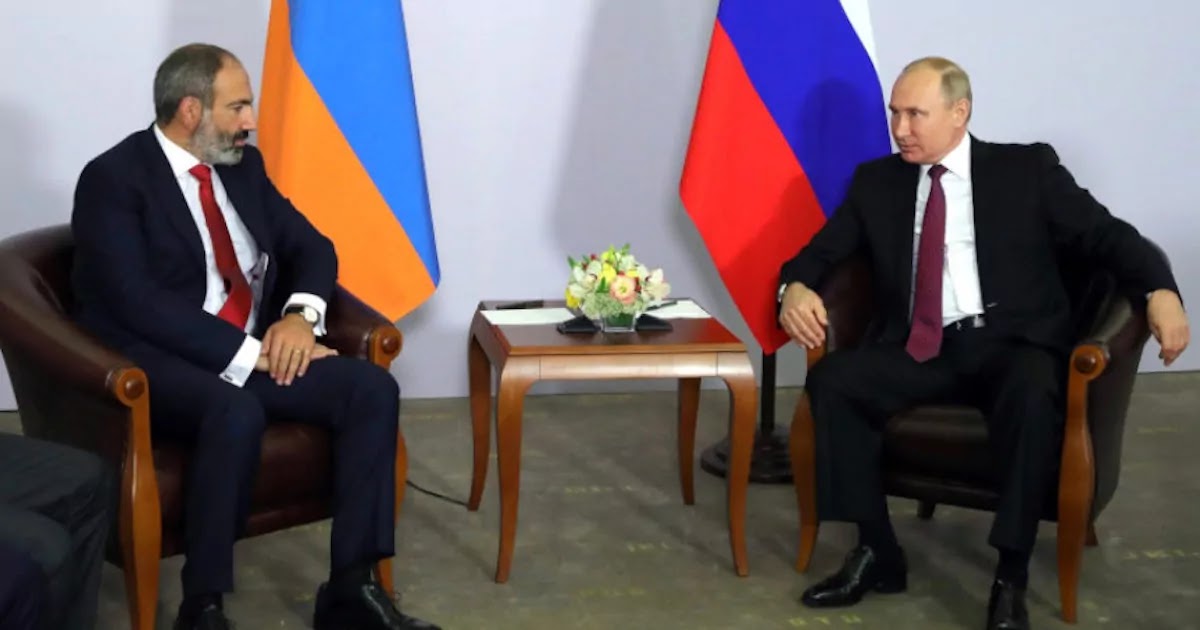
Photo: Meeting of Russian President Vladimir Putin with Prime Minister of the Republic of Armenia Nikol Pashinyan, 2018: kremlin.ru
The Russian state has said that it will provide all necessary assistance required for Armenia to defend itself against any invasion by Azerbaijan or Turkey. The statement comes as fighting continues in Nagorno-Karabakh, known as Artsakh in Armenia, a region within the territory of Azerbaijan populated by ethnic Armenians. Many of those living within the region wish to see Artsakh become independent or to unite with Armenia and claim that they are victims of discrimination by both the Azerbaijani state and elements of the Islamic majority in Azerbaijan.
Russia has stated however that it will only provide assistance if the territory of Armenia itself is invaded, and not Artsakh. Russia's Foreign Minister stated:
"Russia will render Yerevan all necessary assistance if fighting takes place directly on the territory of Armenia."
Armenia's Prime Minister, Nikol Pashinyan, has already reached out for assistance from Russian President Vladimir Putin saying that Armenia and the people of Artsakh are in desperate need.
Hundreds have died since the outbreak of fighting in Artsakh on the 27th of September and ceasefires have fallen apart after only a couple of hours. Azerbaijan is demanding that all Armenian forces leave Artsakh, though the Armenians fear a genocide if that was to happen. This is not without good reason. In recent weeks, Turkey has shipped its 'Hamza brigade' a group of Jihadis into Azerbaijan to assist the Azerbaijani army. The Hamza brigade has been accused of war-crimes, mass-killings and rape in both the Libyan and Syrian civil wars where it has fought on Turkey's behalf. Turkey has also been accused of providing air support and logistical support to the Azerbaijani army.
This is not the first bloody conflict fought over the Artsakh region. Between 1988 and 1994, a bloody conflict was fought over territory as both Armenia and Azerbaijan established nationhood amidst the fall of the Soviet Union. A conflict, in part fuelled by a religious divide, that killed around 20,000 people and wounded many more. Tensions between the two nations in the caucus region have remained high ever since.













COMMENTS